Confirmation bias, groupthink, and fads can improve or destroy your health. You can win a real life change boost by getting into a fitness trend. You can also fall for a diet fad, make doubtful career moves or believe that you’re old (when you’re not). In this post, we explore how bias impacts all wellness dimensions and why it makes sense to revolt. Do you want to take charge? We give you a new way to decide what works for you – or not. We challenge you to think outside of the box. Break away from the bias bubble to breathe fresh air instead of breeding negativity. It’s up to you to decide. Are you a smart go-getter, or a bias booster?
Bias Makes The World Go Round
Wellness dimensions get scrambled by social media and tabloids. Nutrition trends go from eating eggs to avoiding them. Fitness fads make us do things we never thought possible and done wrongly they leave us in agony. We are shaken and stirred by ‘everyone knows…” news. We are herded into believing that we belong to a group and flock to conformity.
As humans, we like to be part of groups, and belong to tribes. We seek confirmation that we know what we know and ignore what might prove the opposite. It is comfortable to live in blissful ignorance of facts and wallow in an elevated sense of ‘knowledge’.
Common Types of Bias
Bias rules our lives. The media explores it, trends emphasize so-called truths and fads become the norm for a while (until a new one comes along). Bias makes us feel like we belong, but it also promotes us to under- or overestimate our abilities, experience, and skills. Are you looking for a new job, or trying to change lifestyle?
To decide what works for you – or not – you have to be strong, or perhaps pig-headed. To re-look at a situation to see how it can be viewed from many angles requires real thought and an actual process. Let’s look at common types of bias before looking at ways to stay clear of it.
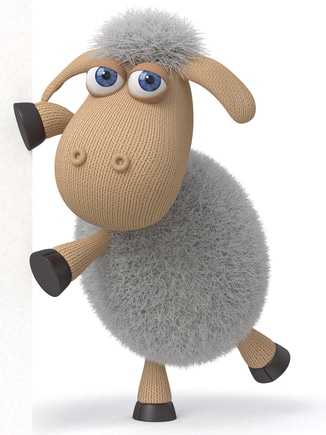
Confirmation Bias
Confirmation bias is the tendency to pay attention to information that confirms what you think you already know and to ignore information that disconfirms it.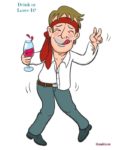
Do you like wine? If you do, the likelihood is that you will seek out articles that speak of the health benefits of wine, while you will avoid those that ask if you’re drinking too much.
Are you looking at your next career move? Your bias may lead you to undervalue your skillset and experience or overestimate what jobs are a match for you. To make better decisions read the tips below.
Do you believe that your thoughts, opinions, beliefs, and worldviews are based on rational thinking, education, experience, and knowledge? Hmmm… No!
Confirmation bias is in play as your thoughts, opinions, beliefs, and worldviews are based on years and years of paying attention to information that confirmed what you already believe, while you happily ignore what evidence against.
Groupthink
Groupthink is the human tendency to want to be part of social groupings, tribes, and clubs. We want to belong. Therefore the urge to conform is strong within us. It helps us form relationships and brings meaning to our lives. 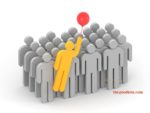
The impact of tabloids and social media have an enormous effect on groupthink and bandwagon bias.
Ask yourself what The Bay Pigs and Brexit have in common. History is full of powerful examples of groupthink, which we tend not to learn from.
Bandwagon Bias
Bandwagon bias is a form of groupthink that makes us believe something because other people believe it. Have you ever 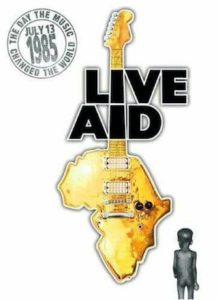 referred to so-called fact by saying: “everyone knows…”?
referred to so-called fact by saying: “everyone knows…”?
Bandwagon bias makes us think something that is achievable is impossible because others have tried and failed before us. There’s only one way to tackle a problem when you listen to “That’s the way it’s always been done!”. Hmm…
While it can bring negative impact, bandwagon bias can also make a large group ‘do good’. Liveaid (1985) is an example of a positive bandwagon bias. The ongoing Ethiopian famine was halted with the help of musicians, young people, TV, and Non-Profit organizations coming together.
Fad
A fad is any form of behavior that develops among a large population and is collectively followed enthusiastically for a period of time, generally as a result of the behavior being perceived as popular by one’s peers.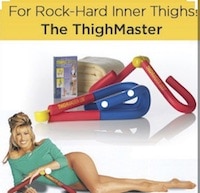
Remember the Atkins Diet or the Thigh Master? Do you discard fruit or water because a trendy magazine state it’s harmful to your health?
Congratulations! You are one of many that believe that this is the way forward – to then do the opposite a few months later when the next fad comes along.
Age Bias
When age bias is in play, judgments are based solely on a person’s age, and not on physical condition. Age bias can result in underestimation of the ability of a healthy and robust 50-year-old, and overestimation of what a 30-year-old in poor health can achieve.
Society tends to lure us into thinking about our age in a negative way. In Scandinavia women around 50 are often referred to as ‘tant’ which loosely translates to ‘auntie’, but also means ‘old lady’. Suggestions and jokes are common. Overall – it instills a shaking of mid-life confidence.
It can also go the other way. While we can strength train, use kettlebells and run marathons at any age our bodies have limits. We try too much too soon. A hernia, torn ligaments, knee and shoulder problems are common when we overestimate – or compare ourselves to models in glossy magazines.
Beat Bias and Decide
We are overloaded by tabloid headlines, “everybody knows..” comments and social media. Common sense and logical reasoning fly out the window. Our friends and family are helpful servants and further convince us to follow the ‘yellow brick road’.
There are two ways to be fooled. One is to believe what isn’t true; the other is to refuse to believe what is true. – Søren Kierkegaard
The Decide Method
What if you stopped and thought for a minute. Take time out. Use a common aviation technique to decide if a trend, fad, career move or situation is for you or not.
- Detect – Detect that a change occurred
- Estimate – Estimate the need for action to adapt to the change
- Choose – Choose the most desirable outcome
- Identify – Identification of actions which will successfully control the change
- Do – Carry out the chosen actions
- Evaluate – Evaluate the effect of the action/s
The decide model helps us to make room for alternatives, analyze a situation, fad or trend and adjust what you thought you knew. It also gives a voice to the fact the humans have a hard time to process information.
Change Your Mind
You and I are full of wishful thinking and limited human capacity to process information. It is time to consider that we should separate fact from emotion and find a way forward when taking decisions about life and work.
Challenge Your Bias
Use the DECIDE model to start thinking about new concepts, trends, and facts or indeed choices you are faced with (a new job?). You should strive for the following:
- Challenge your belief system and be ready to test or revise what you think you know. Be open to new information and perspectives.
- Be a beginner. Even if you think you’re very good at something, approach new information as a beginner would, as this will expand your mind further.
- Assume means Ass – You – Me (you make an idiot out of both of us!). In other words, ask someone to challenge your assumptions so you add more facts, alternative views and expertise to something you think you already know. A Devil’s advocate will make you better!
- Do you let the past overshadow your future? If you have had a negative experience it can forever carry too much weight. Be sure to envision the future, not just replay the past. This is key when applying for jobs, for example.
- While intuition is good, it is also an excuse. You can predict and judge too fast. Therefore challenge your thought process. Seek and fully evaluate alternatives before making decisions.
- Age and knowledge are not the same. You may not have recent and compelling evidence to support your belief – even if you are convinced of something. Look for more information.
- Get over yourself! Bias breeds ego trips. You have to realize that you can be wrong. Learn to value truth rather than the need to be right.
- Listen, evaluate and analyze. Ask insightful, open-ended questions to people who are not afraid, to be honest with you. Be quiet and listen to what they say.
- Finally – Consider all the viewpoints that you can find – not just the ones that support your current beliefs or ideas. Is it time to change?
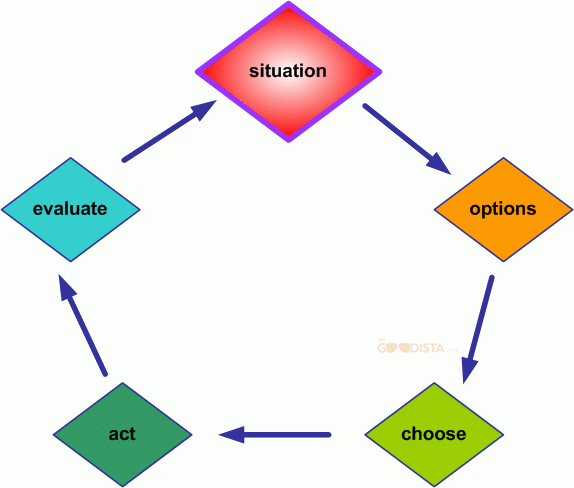
Bias or Not?
Can you honestly say that you carry no biases? Hmm… I know I do.
There are two different types of people in the world, those who want to know, and those who want to believe. – Friedrich Nietzsche
Most of us carry thoughts and ideas that create gaps, misunderstandings, negative thinking and regrettable actions. Yet, we believe that we are open-minded, communicators, and clued into a catalog of knowledge. Perhaps it is time to change tactics?
The world is a happy place when you exist in your bubble, isn’t it? You don’t want anything or anyone to challenge the equilibrium. But, it is a bubble… Therefore, by slowly and surely challenging yourself to tweak how you reason, think and evaluate you can find a new way and a bigger world. It’s OK to be wrong!
If you like articles about how to feel, be and do good join our mailing list, and feel free to suggest a guest article, or tell us what you want us to write about.
Recommended and Related:
- Confirmation Bias? – Psychology Today
- 8 Symptoms of Groupthink – A Wealth of Common Sense
- How To Overcome Jobsearch Ageism – Monster.com
- Bias and How To Become a Fitness Skeptic – Nerd Fitness
- How To Minimize Biases When Making Decisions – Harvard Business Review

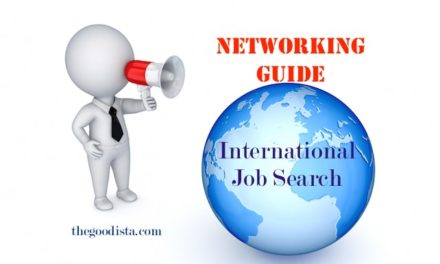
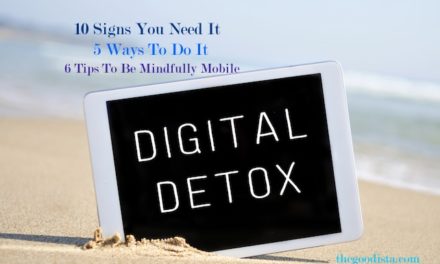

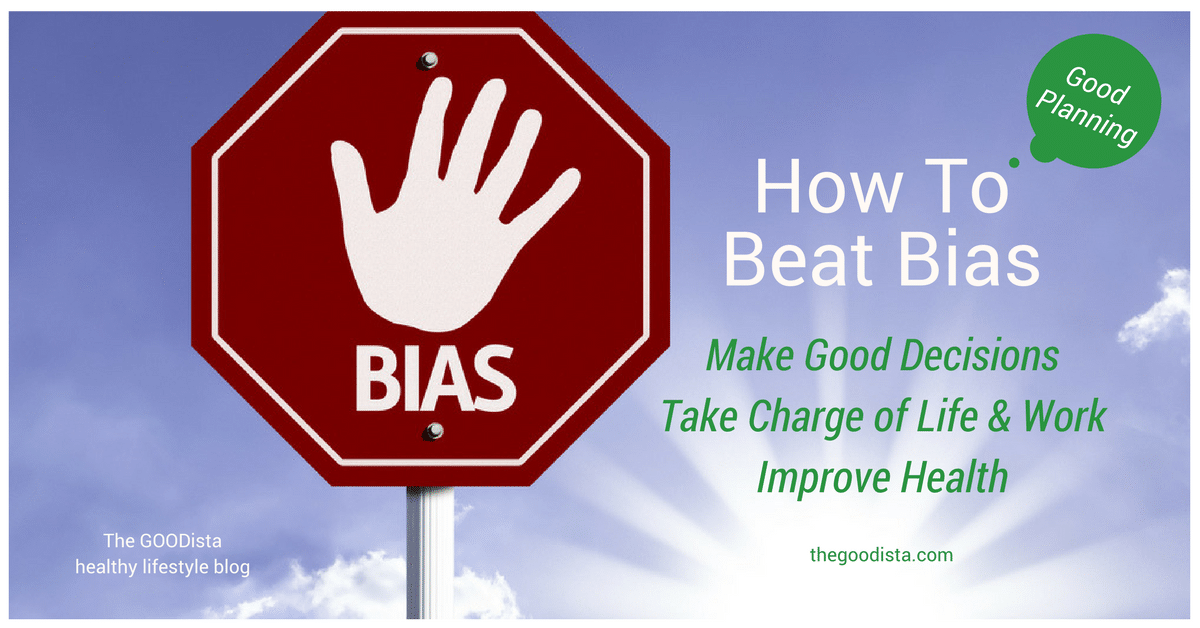

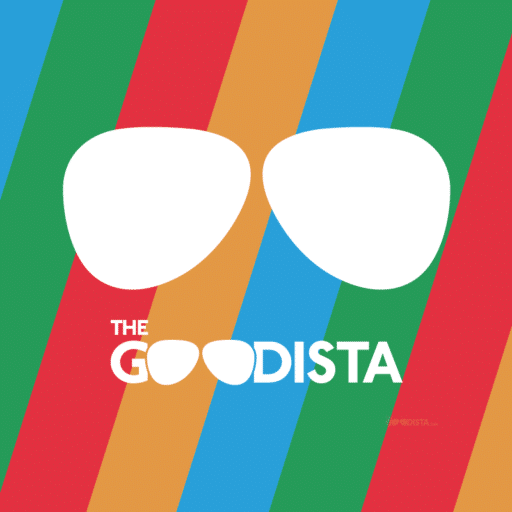

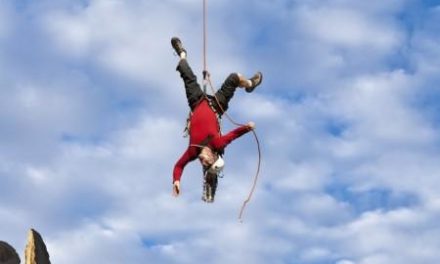




Thanks Goodista, you continue to give us insight, and the energy to think afresh and ahead! Yes, let us be aware of biases, and to challenge them. And yes, let us by all means stop believing we are above them. Time to be humble, to learn and to listen!
Thanks for reading and commenting. Very happy you liked the post about how to beat bias. Keep on reading, commenting and sharing 🙂